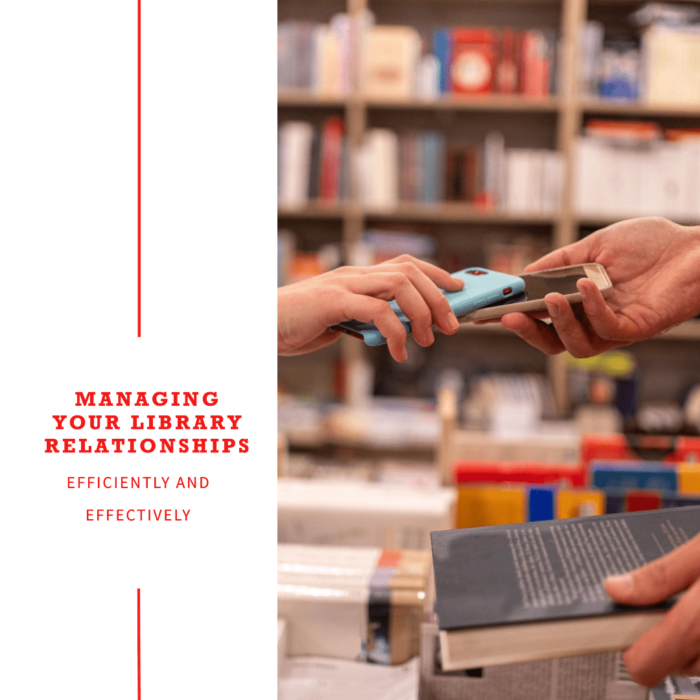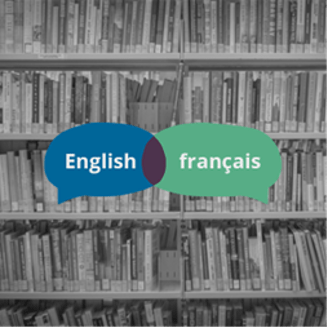This month, Trevor Deck walks us through the library’s collection development mandates, scope and goals.

What’s New in Open Shelf: August 1, 2016
What’s New in Open Shelf? is a Table of Contents of sorts. Open Shelf publishes when we have compelling new material. Every two weeks is our plan.
In this release we feature the “most read” articles published in Open Shelf since its initial release in August 2014. These are “The Shelfies“!
In order of popularity:
#1. Jane Schmidt has been thinking about neighbourhood book exchanges, especially Free Little Libraries. In The Trouble with Twee she suggests “There are many ways to build community – a box of books is one of them, to be sure, but there’s more to the story than appears.” [May 1, 2016]
#2. Open Shelf has teamed up with the Canadian Library Association to continue the publication of the columns of the CLA Copyright Committee. These columns provide a detailed consideration of current copyright issues. The first article in this new column is Unraveling the Complexity of Music Copyright from John Tooth, Becky Smith and Jeannie Bail. [October 1, 2015]
#3. In The Guelph Library Project Mike Ridley poses a challenge to Open Shelf readers: to participate in an undergraduate course about libraries and to assist students as they explore the nature and future of the public library in Guelph. Learning is a contact sport; want to mix it up with some eager learners? Here’s how. [September 15, 2015]
#4. There’s “good UX” and then there’s “bad UX.” Aren’t sure what makes user experience (UX) one or the other? Me either. So read the latest On the Verge column from Amanda Etches: “Doing REAL User Experience Work.” [October 15, 2014]
#5. Few things in Canada have been as powerful, emotional, and disturbing as the Truth and Reconciliation Commission. It is the responsibility of the National Research Centre for Truth and Reconciliation (NRCTR) at the University of Manitoba to preserve the resources and memories arising from the work of the Commission and the legacy of the Indian Residential Schools. In this issue we have an in-depth interview with Ry Moran, (Director of the NRCTR), conducted by Jennifer Dekker. [April 2, 2015]
#6. In his column, Open for All?, John Pateman has been exploring aspects of the community-led public library. In The Community-Led Public Library he summarizes the key messages. [May 15, 2015]
#7. Can public libraries contribute to individual and community well-being? John Pateman thinks so and the literature backs him up. In Public Libraries and Well-being, the latest instalment of the Open for All? column, John explores the relationship between library membership and personal well-being. And yes, reading has something to do with it. [September 15, 2015]
#8. Siu Hong Yu, in Mine the Gap: Leveraging Open Access Through Citizen Engagement in Science, encourages us to “champion open access not as an end in itself but as a means toward a new participatory science education frontier.” [March 1, 2015]
#9. YA fiction often deals with difficult and sensitive issues for teens. But library staff can be uncertain about which books to recommend. In the first of a special series, On the Edge: YA Fiction, Samantha Marchello guides us through the landscape, offering insights and recommendations: All the Tough Topics: Sensitive Issues in Young Adult Literature. [July 15, 2015]
#10. While Twitter serves a population of millions, the new Wilberforce branch of Haliburton County Public Library serves less than 3,000 people. Erin Kernohan-Berning tells us why small is beautiful in “Size Matters: Small Library as Place.” [January 15, 2015]
Congratulations to all the authors. And thanks.
Open Shelf will be back to its regularly scheduled program on September 1st.
As always, let us know what you think of Open Shelf.
…Mike Ridley
Editor-in-Chief, Open Shelf


